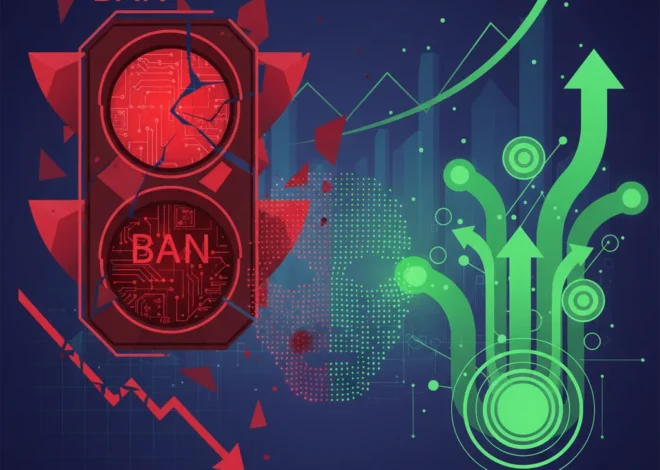
From Super Dry to System Down: How a Cyberattack Forced a Beer Giant Back to Pen and Paper
Picture this: you’re enjoying a crisp, cold Asahi Super Dry, arguably Japan’s most iconic beer. You’re thinking about the taste, the refreshment, the complex brewing process. What you’re probably not thinking about is the intricate web of software, cloud infrastructure, and automation that brought that bottle to your hand. But last month, that intricate web was torn apart, forcing one of the world’s largest brewers into a technological blackout that sent them scrambling for the most basic of tools: pen and paper.
In a stark reminder of the fragility of our hyper-connected world, Asahi Breweries was hit by a major cyberattack, crippling its operations. According to the initial report from the BBC, the attack severely disrupted the company’s ability to produce, ship, and take orders for its beer. Systems went dark. The seamless flow of data that governs modern manufacturing and logistics simply stopped. Suddenly, a 21st-century corporation was forced to operate like it was 1970.
This isn’t just a story about a beer company. It’s a cautionary tale for every business, from fledgling startups to global enterprises. It’s a case study on the critical importance of cybersecurity and a wake-up call about what happens when digital transformation outpaces digital resilience.
The Anatomy of a Modern Takedown: When Digital Efficiency Becomes a Single Point of Failure
While Asahi hasn’t publicly disclosed the specific nature of the attack, the symptoms—widespread system paralysis and operational shutdown—point strongly towards a sophisticated ransomware incident. Ransomware is the digital equivalent of kidnapping; malicious software encrypts a company’s files, rendering them inaccessible until a hefty ransom is paid, usually in cryptocurrency.
Why target a brewery? The answer lies in the economics of disruption. Modern manufacturing is a marvel of automation and just-in-time logistics. Every step, from sourcing raw materials to brewing schedules and global shipping, is orchestrated by complex software systems, often hosted on the cloud. This digital nervous system is the company’s greatest asset for efficiency, but it’s also its greatest vulnerability.
Attackers know this. They aren’t just targeting banks and tech companies anymore. The manufacturing sector has become a prime target, representing nearly a quarter of all ransomware attacks in 2022, according to an IBM Security X-Force report. Why? Because downtime in manufacturing is astronomically expensive. Every hour a production line is idle, millions of dollars in revenue can be lost. This puts immense pressure on leadership to pay the ransom and get back online as quickly as possible.
For Asahi, the attack meant reverting to manual processes. Imagine the chaos: logistics coordinators tracking international shipments on whiteboards, sales teams taking orders with notepads and phones, and warehouse managers using clipboards to manage inventory. The very innovation designed to make the company competitive became its Achilles’ heel.
The Pen and Paper Paradox: Is Your Disaster Recovery Plan Just an Illusion?
There’s a deep irony in a global corporation being forced back to analog tools. It highlights a critical flaw in many companies’ business continuity planning. While they have digital backups and cloud-based recovery solutions, few have a robust, tested plan for what happens when the entire digital infrastructure is compromised.
The ability to operate manually, even at a fraction of normal capacity, can be the difference between survival and collapse during a prolonged outage. This incident forces us to compare the trade-offs between our modern, hyper-efficient systems and the resilient, albeit slower, methods of the past.
Here’s a look at how these operational models stack up:


